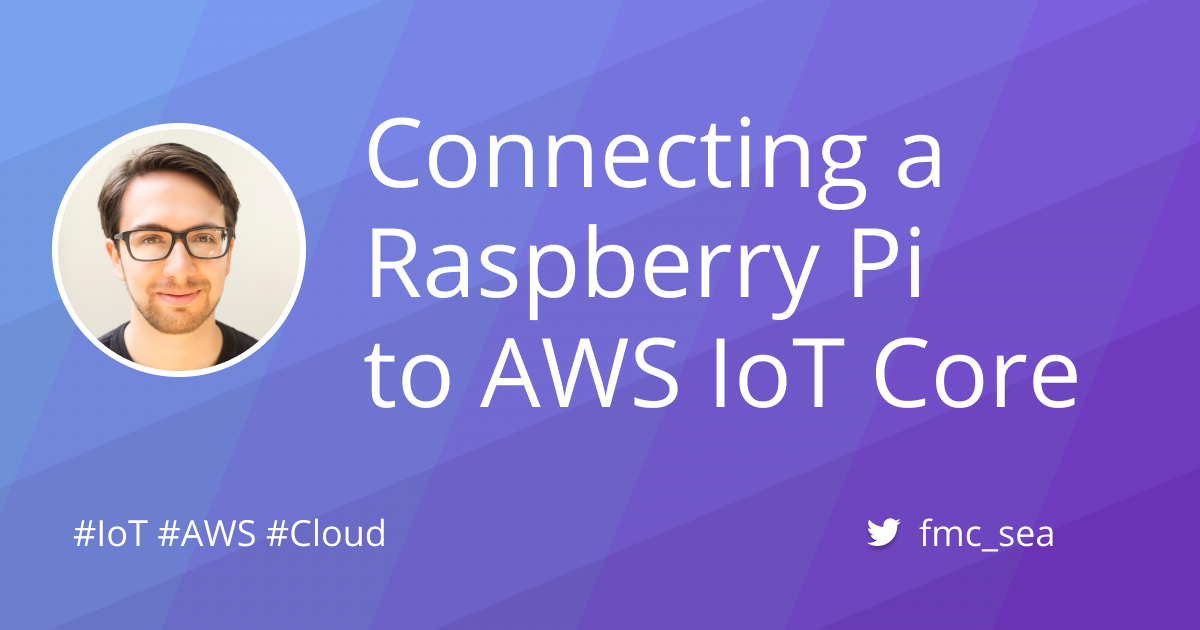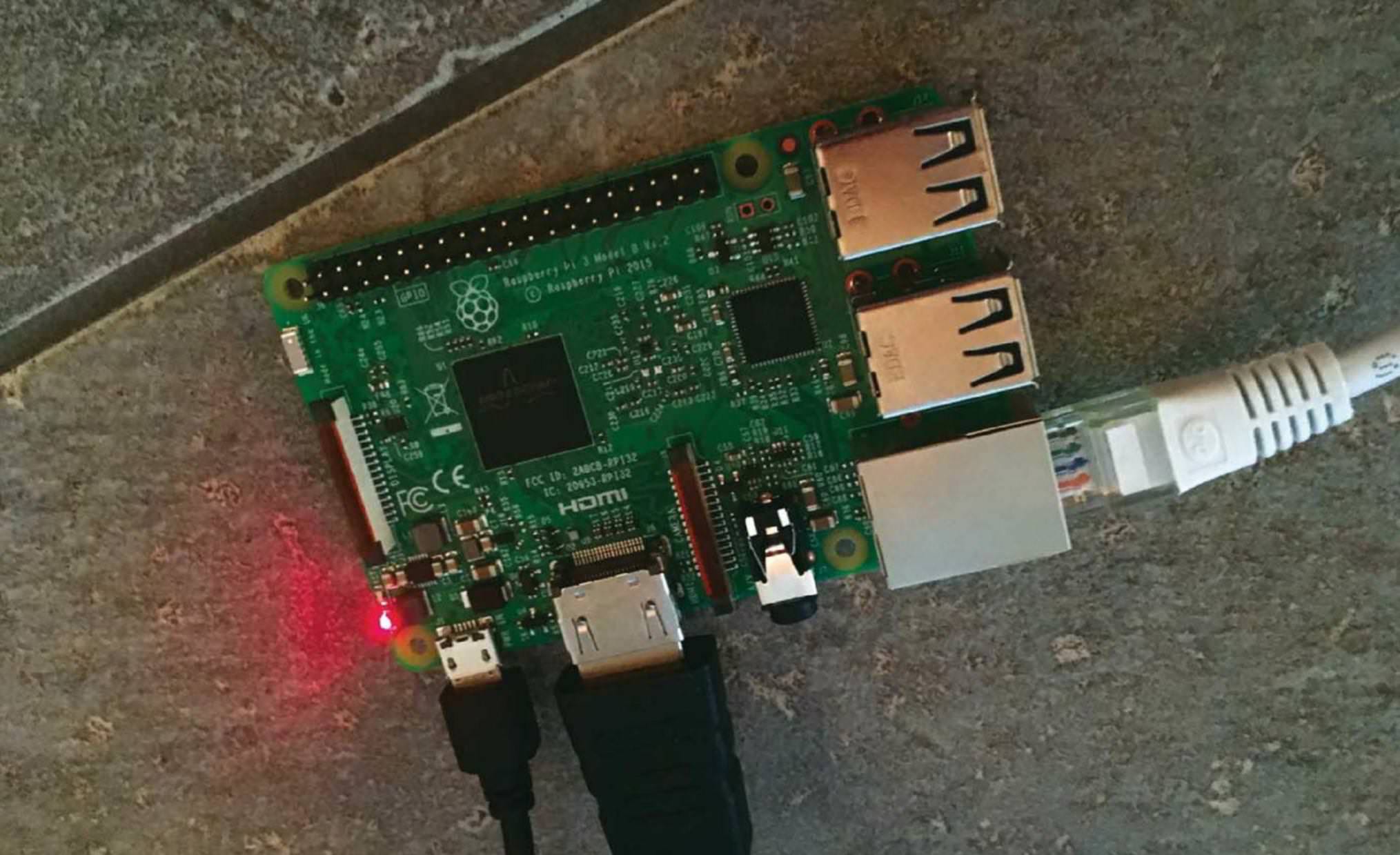How To Set Up A Remote IoT VPC Network With Raspberry Pi Using Free AWS Resources
Setting up a remote IoT VPC network with Raspberry Pi using free AWS resources is an innovative way to leverage cloud computing for your IoT projects. Whether you're a beginner or an experienced developer, this guide will walk you through every step of the process. By the end, you'll have a fully functional remote IoT network that's secure, scalable, and cost-effective.
IoT (Internet of Things) has revolutionized the way devices interact with each other. However, managing IoT devices remotely can be challenging without the right infrastructure. This is where Amazon Web Services (AWS) comes into play. AWS offers a suite of tools that make it easy to build and manage IoT networks.
In this comprehensive guide, we will explore how to use AWS Free Tier resources to set up a VPC (Virtual Private Cloud) network and connect your Raspberry Pi devices. This setup ensures secure communication between devices and the cloud, making it ideal for both personal and professional IoT projects.
- Primeflixweb Your Ultimate Streaming Experience Redefined
- Unveiling The World Of Www1movies7to Your Ultimate Movie Destination
Table of Contents
- Introduction to IoT and AWS
- Setting Up Raspberry Pi
- Creating an AWS Account
- Configuring the VPC Network
- Securing Your IoT Network
- Connecting IoT Devices
- Using AWS IoT Core
- Monitoring and Managing IoT Devices
- Troubleshooting Common Issues
- Conclusion
Introduction to IoT and AWS
IoT has become a cornerstone of modern technology, enabling devices to communicate and share data seamlessly. AWS provides a robust platform for managing IoT devices, offering tools like AWS IoT Core, Lambda, and S3 to streamline operations.
In this section, we will discuss:
- What is IoT?
- Why use AWS for IoT projects?
- Benefits of using free AWS resources.
By leveraging AWS's free tier, you can experiment with IoT projects without worrying about costs. This makes it an excellent option for hobbyists and small businesses.
- Movieuniversecom Your Ultimate Streaming Destination For Movie Enthusiasts
- Xmovies8 Alternative 2024 Your Ultimate Guide To Movie Streaming
Setting Up Raspberry Pi
Hardware Requirements
Before diving into the software setup, ensure you have the following hardware:
- Raspberry Pi (any model)
- MicroSD card (minimum 16GB)
- Power supply
- Wi-Fi or Ethernet connection
Software Installation
Follow these steps to set up your Raspberry Pi:
- Download the Raspberry Pi OS image from the official website.
- Use a tool like BalenaEtcher to flash the image onto your MicroSD card.
- Insert the MicroSD card into your Raspberry Pi and power it on.
Once the OS is installed, configure your network settings and update the system using the terminal.
Creating an AWS Account
To use AWS services, you need to create an account. Follow these steps:
- Visit the AWS website and click "Create an AWS Account."
- Provide your email address and create a password.
- Enter your payment information (required for verification).
- Complete the identity verification process.
Once your account is set up, you can access the AWS Management Console to start configuring your IoT VPC network.
Configuring the VPC Network
Understanding VPC
A Virtual Private Cloud (VPC) is a logically isolated section of the AWS Cloud where you can launch AWS resources. It provides a secure and flexible environment for your IoT network.
Steps to Configure VPC
- Log in to the AWS Management Console and navigate to the VPC dashboard.
- Create a new VPC and define its CIDR block.
- Add subnets, route tables, and security groups to your VPC.
Ensure that your VPC is configured to allow secure communication between your Raspberry Pi and AWS services.
Securing Your IoT Network
Security is paramount when setting up an IoT network. Follow these best practices:
- Use strong passwords and encryption for all devices.
- Enable two-factor authentication (2FA) for AWS accounts.
- Regularly update firmware and software on your Raspberry Pi.
Additionally, leverage AWS Identity and Access Management (IAM) to control access to your resources.
Connecting IoT Devices
Connecting Raspberry Pi to AWS
To connect your Raspberry Pi to AWS, follow these steps:
- Install the AWS CLI on your Raspberry Pi.
- Configure the CLI with your AWS credentials.
- Use AWS IoT Core to register your device and establish a secure connection.
Once connected, your Raspberry Pi can communicate with other devices in your IoT network.
Using AWS IoT Core
What is AWS IoT Core?
AWS IoT Core is a managed cloud service that allows connected devices to securely interact with cloud applications and other devices. It supports MQTT, HTTP, and WebSockets protocols.
Key Features of AWS IoT Core
- Device management
- Message routing
- Security and authentication
By integrating AWS IoT Core into your project, you can enhance the functionality and scalability of your IoT network.
Monitoring and Managing IoT Devices
Monitoring your IoT devices is crucial for maintaining performance and security. AWS offers several tools for this purpose:
- AWS CloudWatch: Monitor logs and metrics in real-time.
- AWS IoT Device Defender: Detect and respond to security threats.
- AWS IoT Analytics: Analyze data from your devices.
By leveraging these tools, you can gain valuable insights into your IoT network's performance and make data-driven decisions.
Troubleshooting Common Issues
Here are some common issues you may encounter and how to resolve them:
- Connection Issues: Check your network settings and ensure your Raspberry Pi is connected to the internet.
- Authentication Errors: Verify your AWS credentials and IAM policies.
- Data Transfer Problems: Use AWS CloudWatch to diagnose and resolve issues.
If you encounter any challenges, refer to the AWS documentation or seek help from the AWS community forums.
Conclusion
Setting up a remote IoT VPC network with Raspberry Pi using free AWS resources is a powerful way to harness the potential of IoT technology. By following this guide, you can create a secure, scalable, and cost-effective IoT network tailored to your needs.
We encourage you to experiment with different configurations and explore the vast possibilities offered by AWS. Don't forget to share your experience in the comments section below and check out our other articles for more insights into IoT and cloud computing.
References:
- Quitt Net Movies Your Ultimate Guide To The Hottest Streaming Trend
- Goku Movies Online Your Ultimate Guide To Watching Saiyan Adventures

Connecting a Raspberry Pi to AWS IoT Core Fernando Medina Corey

Create A Raspberry Pi Network With Piserver Tool

Remote IoT VPC Review Raspberry Pi A Deep Dive Into Integration And